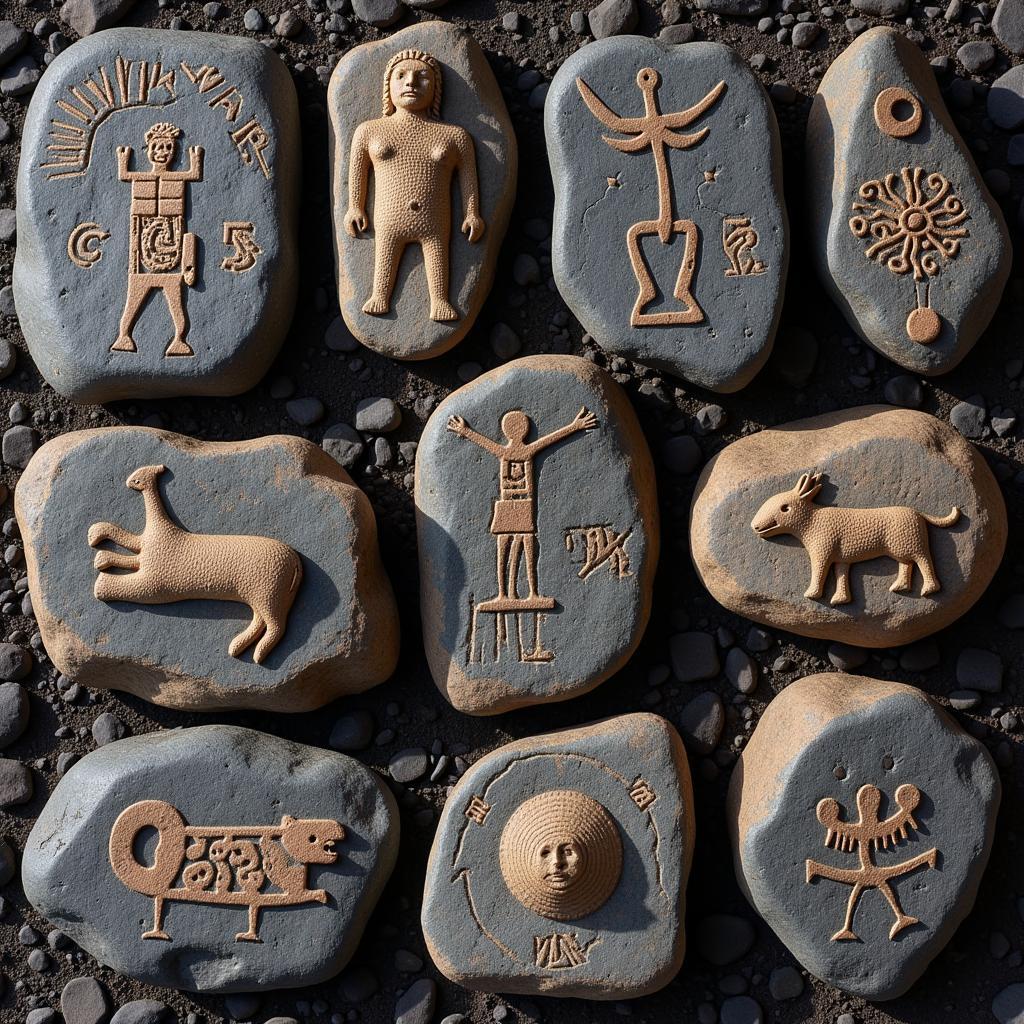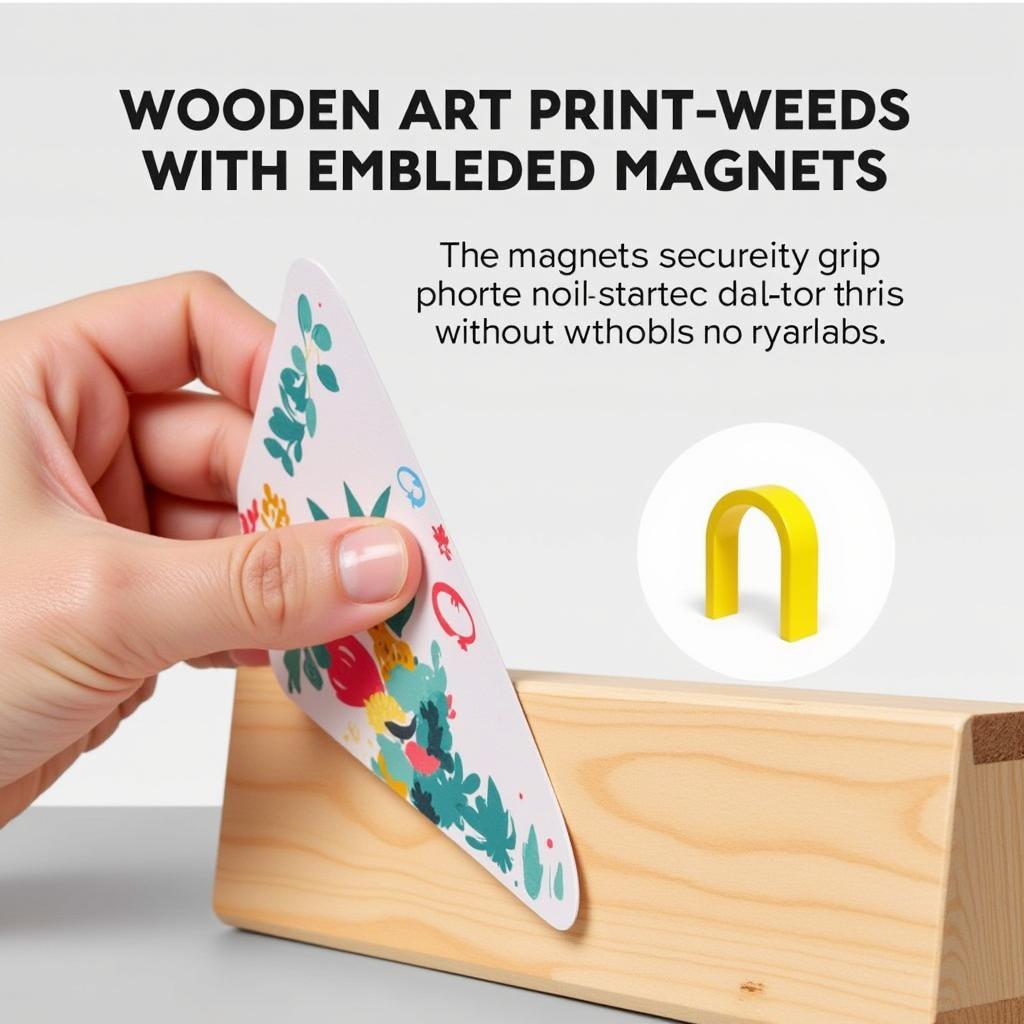Gateway to Himalayan Art: Unveiling the Mystical Beauty
Immerse yourself in the captivating world of Himalayan art, a unique and spiritual gateway to the rich cultures nestled within the majestic Himalayas. This ancient art form transcends mere aesthetics, offering a glimpse into the souls of the people and their profound connection to the natural world.
The Essence of Himalayan Art
Himalayan art, encompassing a diverse range of styles and mediums, finds its roots in the heart of the Himalayas, spanning regions from Nepal and Tibet to Bhutan and Northern India. Characterized by vibrant colors, intricate details, and symbolic imagery, each piece narrates a story, often deeply rooted in Buddhist and Hindu philosophies.
Decoding the Symbolism
One of the most intriguing aspects of Himalayan art is its rich tapestry of symbolism. From deities and mythical creatures to mandalas and mudras, each element carries profound meaning. Understanding these symbols is akin to unlocking a secret language, allowing you to delve deeper into the spiritual narratives they convey.
For instance, the lotus flower, often depicted alongside deities, symbolizes purity and enlightenment, while the endless knot represents the interconnectedness of all things.
Traditional Forms and Mediums
Himalayan art finds expression through various traditional forms and mediums:
- Thangkas: These colorful silk paintings, often depicting Buddhist deities or mandalas, serve as visual aids for meditation and teaching.
- Murals: Adorning the walls of monasteries and temples, these awe-inspiring murals narrate epic tales from Buddhist scriptures and the lives of revered figures.
- Sculptures: Crafted from materials like bronze, wood, and clay, Himalayan sculptures often represent deities, bodhisattvas, and other significant figures, embodying both power and serenity.
Experiencing the Art: A Journey of Discovery
To truly appreciate Himalayan art, one must embrace it as a journey of discovery. Visiting monasteries and temples, engaging with local artisans, and participating in workshops can offer invaluable insights into the techniques, traditions, and spiritual significance behind these captivating creations.
Himalayan Art in the Modern World
Today, Himalayan art continues to evolve, with contemporary artists drawing inspiration from traditional themes while incorporating modern perspectives and techniques. This fusion of old and new has breathed fresh life into the art form, attracting global audiences and collectors.
Frequently Asked Questions about Himalayan Art
1. What is the significance of mandalas in Himalayan art?
Mandalas, often depicted as intricate circular designs, represent the universe and the path to enlightenment in Buddhist philosophy. They serve as visual aids for meditation, aiming to focus the mind and facilitate spiritual growth.
2. Where can I find authentic Himalayan art?
Authentic Himalayan art can be found in specialized galleries, antique shops, and auction houses specializing in Asian art. However, it’s crucial to purchase from reputable sources to ensure authenticity and ethical sourcing.
Conclusion: A Gateway to Inner Peace
Himalayan art, with its breathtaking beauty and profound symbolism, offers a unique gateway to understanding the rich cultural and spiritual heritage of the Himalayas. Whether you are an art enthusiast, a spiritual seeker, or simply captivated by the allure of the mountains, exploring the world of Himalayan art promises a journey of discovery and a glimpse into a realm where art and spirituality intertwine.
For any inquiries or assistance regarding Himalayan art, please contact us at Phone Number: 02462573573, Email: danteum@gmail.com, or visit our address: Savico Megamall, 7-9 Đ. Nguyễn Văn Linh, Gia Thụy, Long Biên, Hà Nội 10000, Việt Nam. Our dedicated customer support team is available 24/7 to assist you.


